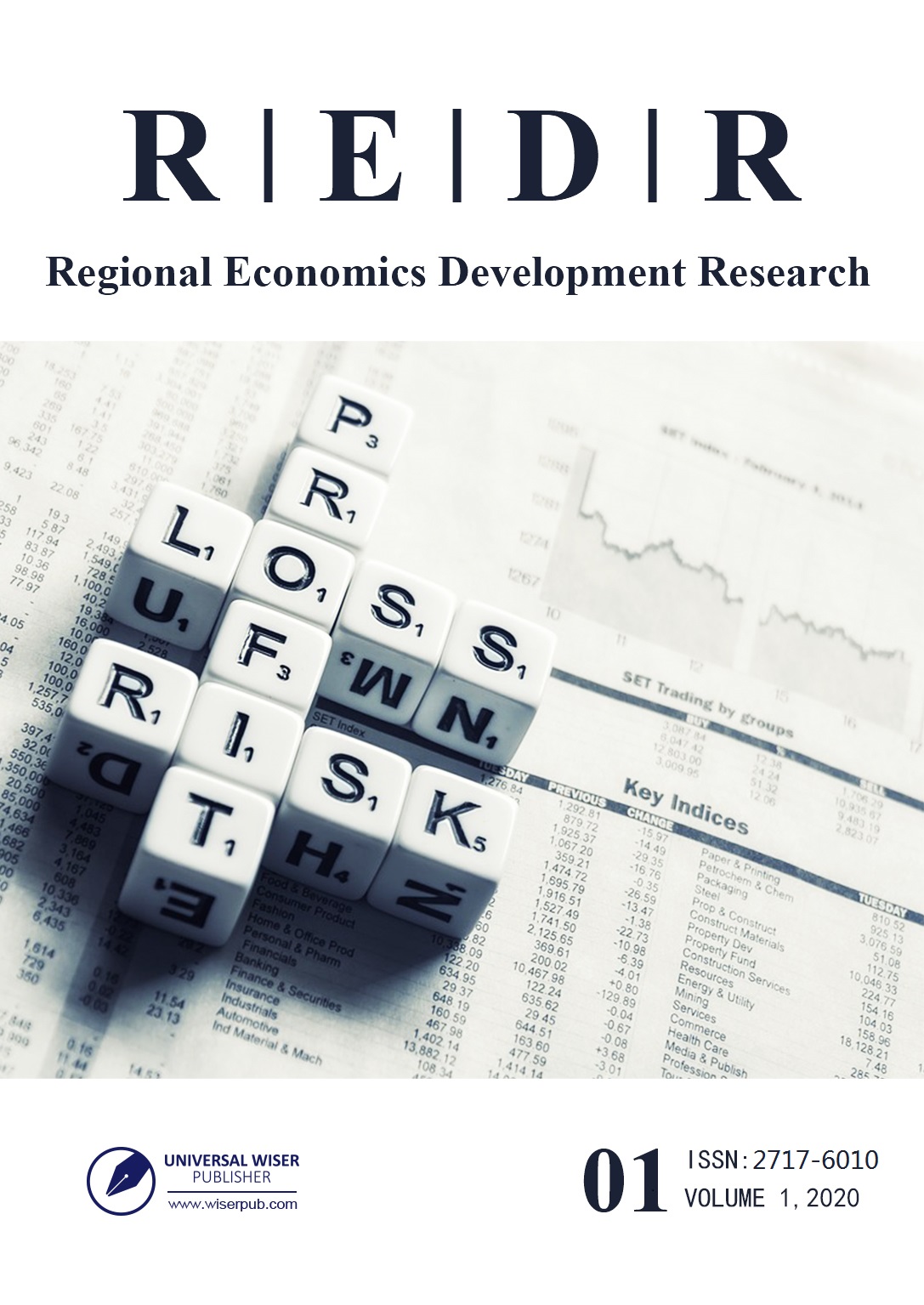Internal Relationship and Impact Path Between Innovation and Entrepreneurship: Based on China's High-tech Industry
DOI:
https://doi.org/10.37256/redr.112020300Keywords:
innovation, high-tech industry, DEA, chain multiple mediation effect analysisAbstract
Innovation is the source of entrepreneurship, entrepreneurship is the value embodiment of innovation, and the two are inseparable. At a time when dividends such as population, reform and opening up, and resources and environment are gradually disappearing, China urgently needs to accelerate scientific and technological innovation to support economic development, incubate scientific and technological enterprises, and ease labor market pressure with technological progress and efficiency improvement. This paper focuses on China’s high-tech industry, which is dominated by scientific and technological innovation. Starting from the overall, local, and regional perspectives, it organically integrates the traditional DEA, similar SFA, Malmquist index decomposition, chain multiple intermediary effect, and other multilevel research through cross-level analysis. Based on the research foundation of innovation efficiency after eliminating environmental and random factors, it deeply discusses the action path and impact mechanism of “double innovation” and provides targeted policy recommendations for the government and relevant local departments. The research confirms that the total effect of innovation on entrepreneurship is always positive, i.e., promoting “people-to-people innovation” is conducive to promoting “mass entrepreneurship” whether it is analyzed from the whole or from the part.


